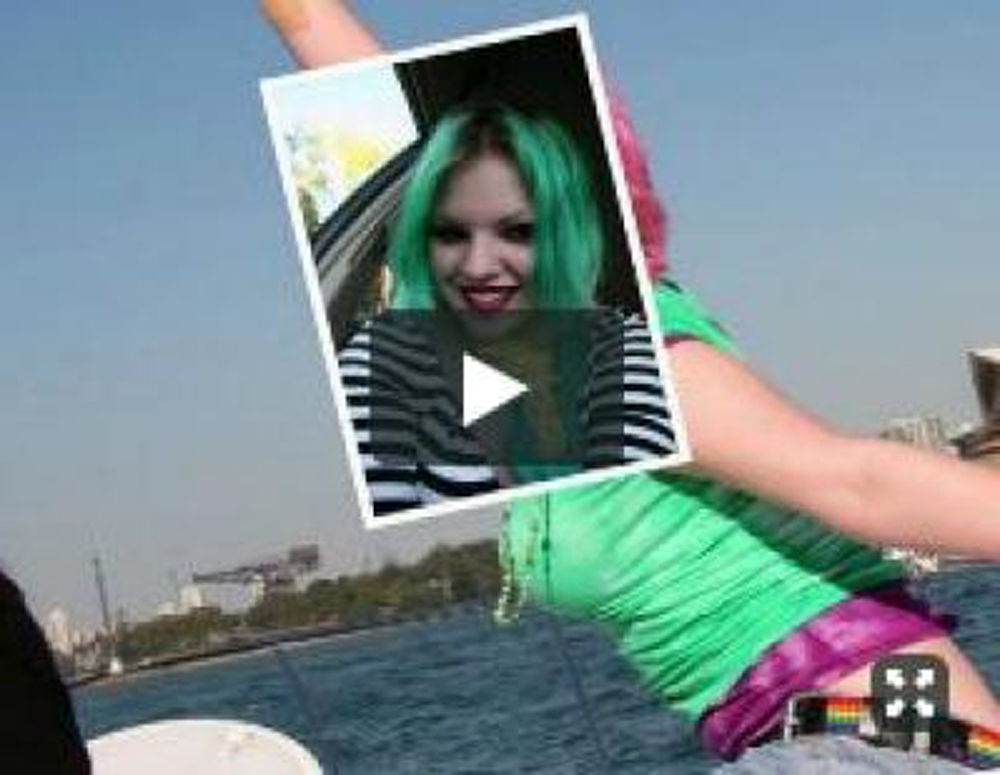Software Creates Montage of You Over Time

Many of us have dozens — if not hundreds — of photos of ourselves, our friends and family members saved on our hard drives. Now those digital portraits can be used to create a time-lapse animation of a person's face over time in just seconds.
The new technology can even show how a person's face has aged over the years as one photo morphs seamlessly into the next in chronological order, according to researchers at the University of Washington. The order of the photos can also be arranged to make the person's expression gradually change from a smile to a frown throughout the animation.
The new software's creators were inspired, in part, by people who take digital headshots of themselves — or their kids — every day and align them to create a movie where they appear to age onscreen. They wanted to make an automated way to achieve the same visual effect.
"I have 10,000 photos of my 5-year-old son, taken over every possible expression," study co-author Steve Seitz, a professor of computer science and engineering at the University of Washington and an engineer in Google's Seattle office, said in a statement. "I would like to visualize how he changes over time, be able to see all the expressions he makes, be able to see him in 3-D or animate him from the photos."
The tool first finds photos of a person in photos from websites such as Facebook or within personal collections that are tagged with the same person. It then aligns the faces from the various shots and chooses photos with similar expressions so that the transitions will be smooth.
To make the transitions appear even more seamless and to give the appearance of motion, the tool uses a standard fade between each image.
An example video uses photos of a Google employee's daughter taken from birth to age 20. The owner scanned the older photos to create digital versions, tagged them with the subject's name and manually added the dates. The result is a movie in which the subject ages two decades in less than a minute.
Sign up for the Live Science daily newsletter now
Get the world’s most fascinating discoveries delivered straight to your inbox.
A similar technique was used by UW researchers to stitch together tourist photos of buildings, in effect recreating an entire scene in 3-D. That work led to the creation of Microsoft's PhotoSynth. However, lead author Ira Kemelmacher-Shlizerman notes that faces present additional challenges because they move, change and age over time.
"There's been a lot of interest in the computer vision community in modeling faces, but almost all of the projects focus on specially acquired photos, taken under carefully controlled conditions," Seitz said. "This is one of the first papers to focus on unstructured photo collections, taken under different conditions, of the type that you would find in iPhoto or Facebook."
The researchers will present the new technique next week in Vancouver, B.C., at the meeting of the Special Interest Group on Graphics and Interactive Techniques.
Face Movie, a version of the tool that plays every photo tagged with a person's name, but not necessarily in chronological order, is already available to the public. Last year during a 6-month internship at Google's Seattle office, study co-author Rahul Garg worked with Kemelmacher-Shlizerman and Seitz to add the Face Movie feature to the company's photo tool, Picasa.
You can follow LiveScience writer Remy Melina on Twitter @remymelina. Follow LiveScience for the latest in science news and discoveries on Twitter @livescience and on Facebook.









